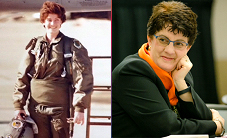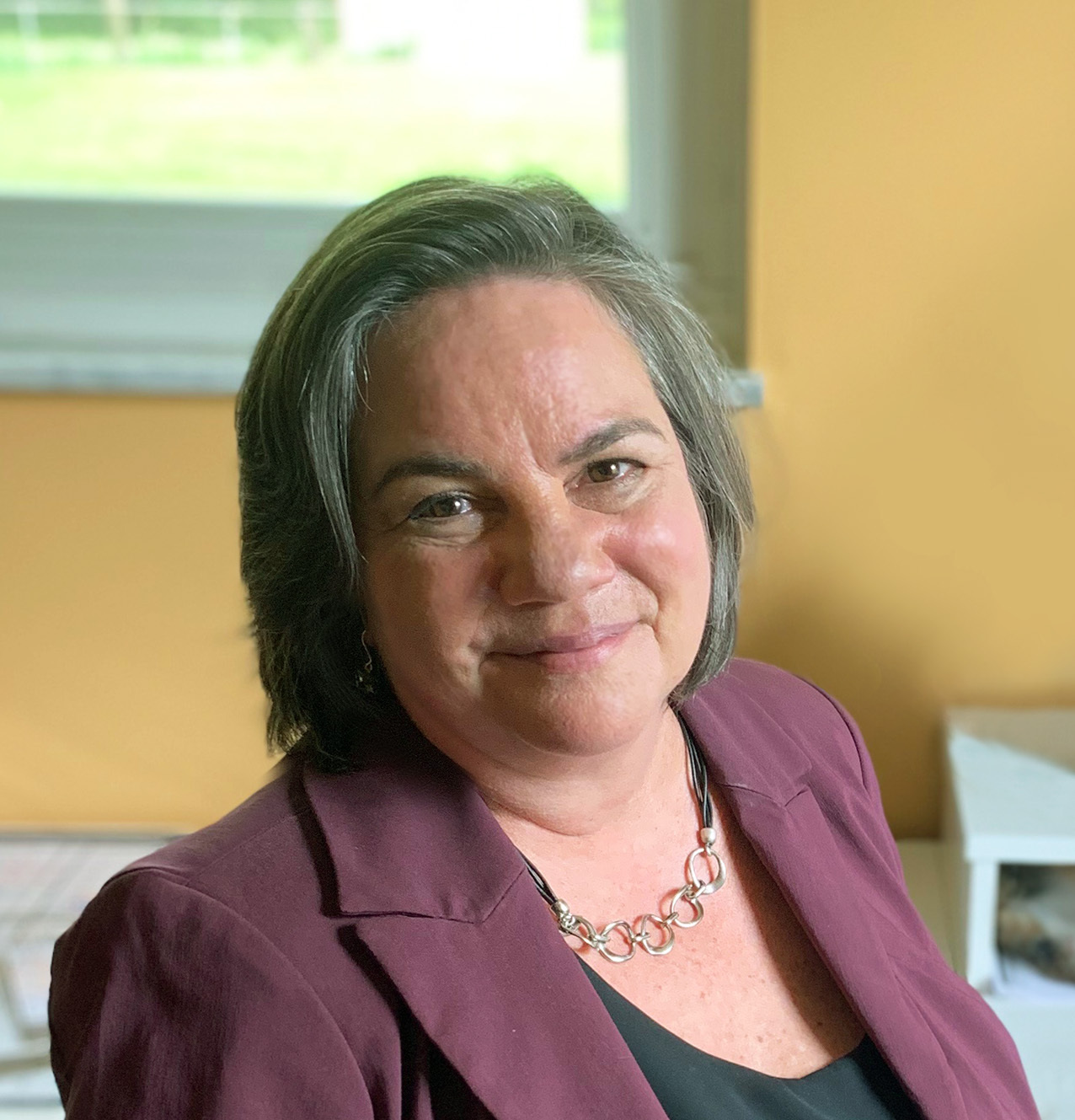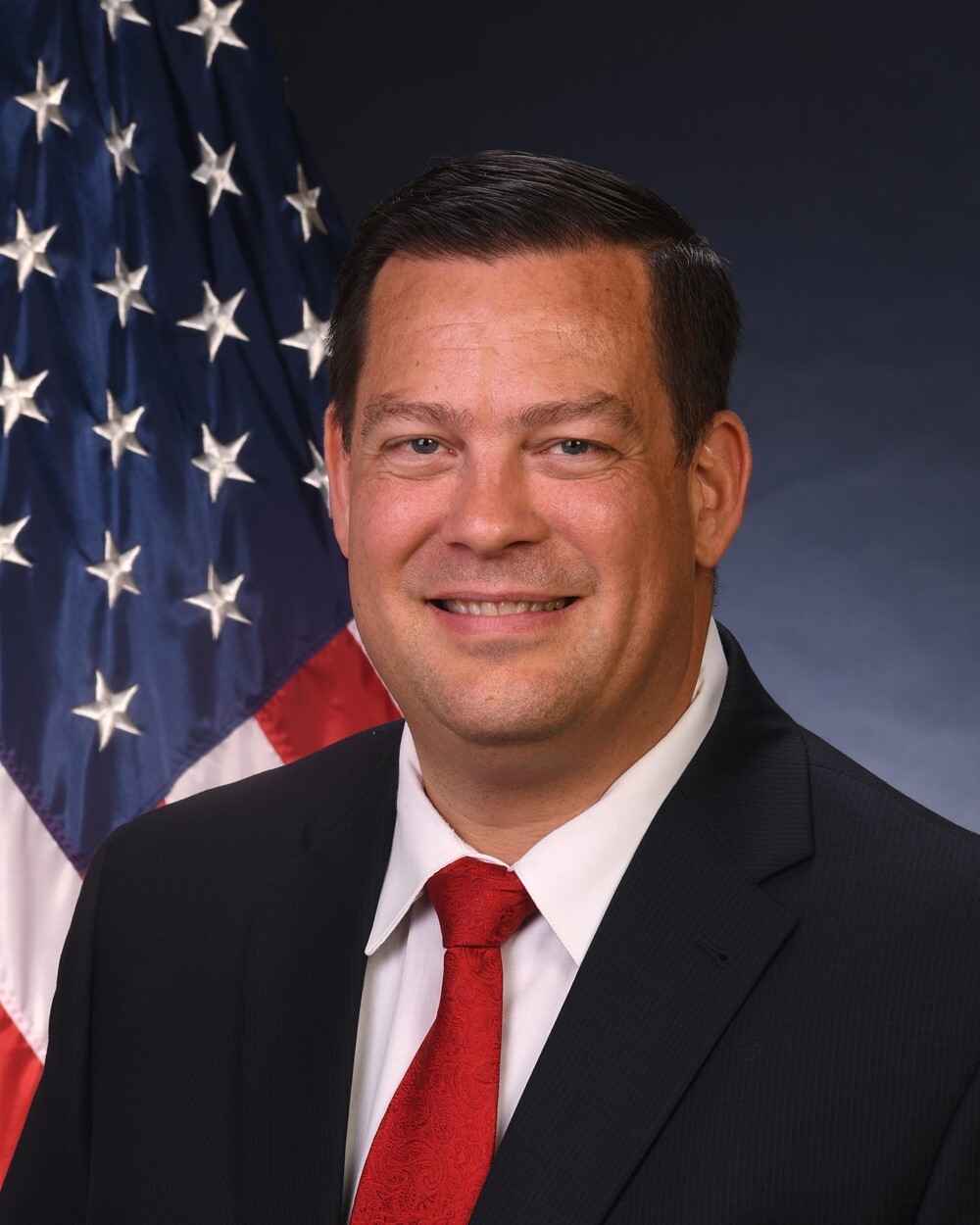
Inside Scoop on How to Develop an Effective, Efficient Acquisition Strategy
Recorded On: 08/04/2022
-
Register
- Non-member Practitioner - $25
- Practitioner Member - $15
- Owner Member - $10
- Academia Member - $10
- Industry Partner Academia Member - $10
- Industry Partner Practitioner Member - $15
- Industry Partner Owner Member - $10
CONTENT EXPIRES August 31, 2024
To produce mission-effective, life-cycle efficient campuses/facilities, Federal agencies must be shrewd, use resources wisely and carefully consider alternatives. When design-build is selected, agencies must make traditional design decisions up front. Three of the best tools are a comprehensive Master Plan, campus/base standards and a CCD. These tools can reduce initial costs, life-cycle costs, design costs and change orders. Learn to use these tools to create an acquisition strategy with NIST and Langley examples.

Paula Loomis, , PhD, FAIA, FSAME, RA, AICP, LEED AP, SAP, Colonel USAF (Retired)
The Urban Collaborative
With 37 years of master planning, architectural design, construction management, and facility operations worldwide, Dr Loomis has experience with the largest federal facility agencies including the Department of Defense (U.S. Air Force, Army Corps of Engineers, and Navy), Department of Homeland Security (Coast Guard (CG)), and General Services Administration.
She has completed projects at a range of scales from strategic agency-wide, to real property master plans, area development plans, studies, and individual projects at over 54 locations worldwide. Her designs and collaborative processes helped set a new standard for military/federal agency planning, programming, and design. Dr Loomis’ designs can be associated with over 50 design awards including an AF Citation Award for the Dormitory Area Development Plan at Davis-Monthan AFB, an AF Citation Award for the Barksdale AFB Community Center ADP, a Tactical Air Command Design Award for the Bethel Manor Medical Clinic, a Federal Planning Division Merit Award for the Live Mission Operations Capability and 43rd Formal Training Unit Customer Concept Document, and First Place in the St Charles Design Competition. She also won the American Institute of Architect (AIA) Virginia Distinguished Achievement Award, the Society of American Military Engineer (SAME) Urbahn Medal for Architectural Excellence, and the Hampton Roads Woman of the Year in Engineering and Architecture. She is the only person to be awarded the AF Design Excellence Award in both the military and civilian categories.
Prior to retiring from civil service, Dr Loomis was the Executive Director for the CG’s Shore Infrastructure Logistic Center where she was responsible for the planning, programming, design, construction, and operation of 28,000 buildings and structures at over 2,000 sites nationwide. In her career she also served as the CG Deputy Civil Engineer, the Sustainability Program Manager for the US Army Corps of Engineers, the Command Architect for Air Combat Command, Deputy in the Air Force’s Base Transition Office for Base Realignment and Closure (BRAC) 2005, and the Project Manager for the clean-up and rebuilding of Homestead Air Force Base (AFB) following Hurricane Andrew. She currently serves as an advisor to the National Science Foundation for the rebuilding of McMurdo Station in Antarctica. Paula has authored over 50 Base Architectural Standards, Design Guides, Regulations, Air Force Instructions, and Unified Facilities Criteria.
Teaching:
Dr Loomis teaches Temporary Structures for Heavy Construction at Stevens Institute of Technology as well as Safety Assessment for the California Office of Emergency Services Safety Assessment Program and is a guest speaker/juror at the University of Oregon and US Army Corps of Engineers.

Tricia Kessler, AICP
Urban Collaborative
Ms. Patricia Kessler is the Chief Strategic Officer and Senior Planner for The Urban Collaborative, LLC, an architecture and planning firm providing award-winning leadership and master planning services to the Department of Defense and municipalities world-wide. Ms. Kessler has extensive experience in sustainable planning, having led or participated in charrettes, workshops and formal instructional courses at over 80 different locations. She served in the U.S. Air Force as a Civil Engineer officer on active duty for eight years, and retired from the Air Force Reserves after 12 more years. She joined The Urban Collaborative in 2006 help the military prepare more environmentally, fiscally, and socially sustainable installations. Throughout her career, she has been a planner, facilitator or project manager on over 120 planning charrettes worldwide, including comprehensive master plans, vision plans, area development plans, sustainability studies, technical plans, and concept architectural designs, and has managed the creation of over 20 DD Form 1391s. She managed a five-year effort at Fort Hood that resulted in a new Vision Plan, 11 Area Development Plans, Area Development and Execution Plans, and Sustainability Component Plans, reuse plans for the Carl Darnall Army Medical Center and Post Exchange, and a new Memorial Park Master Plan. Projects for all four military branches have led to expertise in Anti-Terrorism/Force Protection and airfield operational planning issues. She served as an assistant professor at the Air Force Institute of Technology for 16 years, and currently teaches courses for the Department of Defense Mater Planning Institute. Ms. Kessler has a Bachelor of Architecture degree from the University of Notre Dame.

Robert "Skip" Vaughn, SES
Chief Facilities Management Officer
National Institute of Standards and Technology
Robert “Skip” Vaughn joined NIST in November 2016 as the Chief Facilities Management Officer and the Director of the Office of Facilities and Property Management. In these roles, Skip provides advice to the NIST Director and senior NIST leadership on matters affecting the operation and administration of the NIST sites. Skip led the team that earned the first LEED Platinum rated federal building project.

Travis Willer, AICP
US Air Force

Lyndsey Deaton, PhD, RA, AICP, PMP, LEED GA
Senior Architect and Planner
The Urban Collaborative
Dr. Deaton is passionate about creating sustainable places in the city through a broad approach to health including healthy communities and resilient buildings. She served as a federal employee for six years before moving to the private sector where she is a Senior Architect and Planner with the Urban Collaborative. Her clients include NIST, NASA, USAID, USACE, DOS, and a range of international NGOs. Dr. Deaton also holds an Assistant Professorship of Architecture + Health at Clemson University where she teaches graduate courses on healthcare and laboratory design. To date she has worked on over 105 design projects across the United States, the Middle and Far East, Asia, and Africa receiving 24 awards. She has a Doctor of Philosophy in Architecture from University of Oregon, a Master of Building Construction Science from Auburn University, and a Bachelor of Science in Architecture from Georgia Institute of Technology. She has published over 55 federal policies, four book chapters, and two books.





